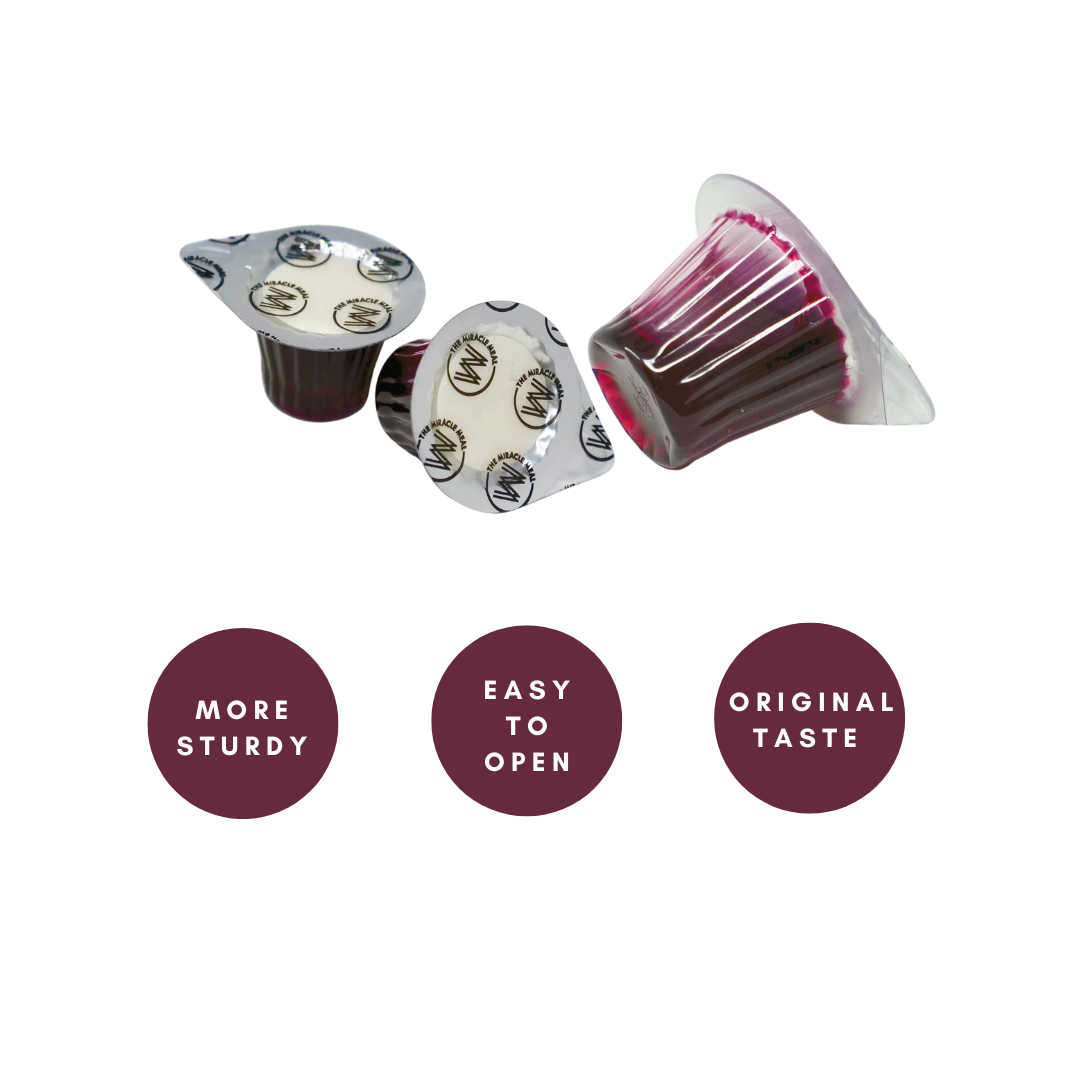What Is The Cup For Communion Called?
Many believers find the sharing of bread and wine to be a sacred moment in worship. Yet there is often curiosity about the official name of the vessel that holds the wine, symbolizing the blood of Christ.
In this discussion, we will explore how different traditions identify and use this liturgical container. We’ll also look at modern iterations that simplify the process while preserving the spiritual depth behind receiving communion.
Understanding the Traditional Term
For centuries, the sacred vessel used during Eucharistic gatherings has been referred to in various ways, though most commonly it’s known as a chalice. In Latin and Greek traditions, the term “calix” or “kalyx” was used, eventually evolving into the English designation so often heard in churches today.
People often wonder if there is a single, universally accepted label for this cup that contains the wine. Variations do exist, especially when considering the many denominations and cultural influences. However, across most mainstream practices, this container is generally thought of as the holy chalice.
Historically, chalices were fashioned from precious metals or adorned with detailed designs, reflecting the reverence associated with communion. Over time, the form and material have shifted to suit the needs of congregations, yet the core purpose—holding what is believed to be a sacred remembrance of Christ’s sacrifice—remains steadfast.
Modern Adaptations and Practical Considerations
In today’s worship settings, many churches are embracing user-friendly methods to distribute the bread and wine. Single-serve containers have become commonplace, particularly in larger congregations or those prioritizing hygiene. These individual cups retain the symbolism of unity in Christ while offering practical advantages, such as ease of handling and reduced risk of spills.
One might ask, “Is there a specific term for these newer containers?” While they are sometimes referred to as Eucharistic cups or modern chalices, many simply call them communion cups. Their design usually involves a sealed portion of juice and a wafer beneath a separate top layer, ensuring both elements remain fresh and protected until the time of serving.
Some innovative versions, like The Miracle Meal’s pre-filled packs, take this concept further by preserving the elements for up to a year without refrigeration. The wafer sits quietly beneath a top film, and a middle foil seal keeps the juice secure until it’s time to partake. This approach removes the need for additional preparation, maintains a sense of reverence, and supports eco-conscious worship through the use of recyclable plastic cups.
A Symbol That Transcends Time
Across generations and denominational lines, the act of sharing the bread and cup highlights unity and remembrance. Whether it’s an ornate chalice in a grand cathedral or a simple plastic container in a small chapel, this ceremony points to the same essential truth: a collective faith in Christ’s sacrifice and the hope it represents.
The name of the vessel may change according to tradition, but the intention remains constant. Some congregations prefer a time-honored chalice to uphold a sense of historical continuity, while others embrace modern solutions that streamline the process. Regardless, the heart of communion lies in the reflection it fosters among participants.
In essence, what one community calls “the holy cup” another might label a communion chalice or Eucharistic vessel. No matter the terminology, the container serves as a tangible reminder of fundamental Christian beliefs. By centering on the significance behind it, believers from all backgrounds experience deeper meaning when they partake in this shared observance.
Conclusion
The container used in the Eucharist has many names—chalice or communion cup among them—but its purpose remains the same: to prompt worshippers to reflect on Christ’s ultimate sacrifice. Though traditions may shift and various modern formats have appeared, the sacred role of this emblematic cup is unwavering in Christian faith.
If you are looking for a convenient and meaningful way to partake in this sacred sacrament, visit our online store to explore our range of pre-filled communion cups. We strive to maintain the reverence of the occasion while simplifying the elements of worship.
 LOCALLY BASED IN AUCKLAND
LOCALLY BASED IN AUCKLAND


